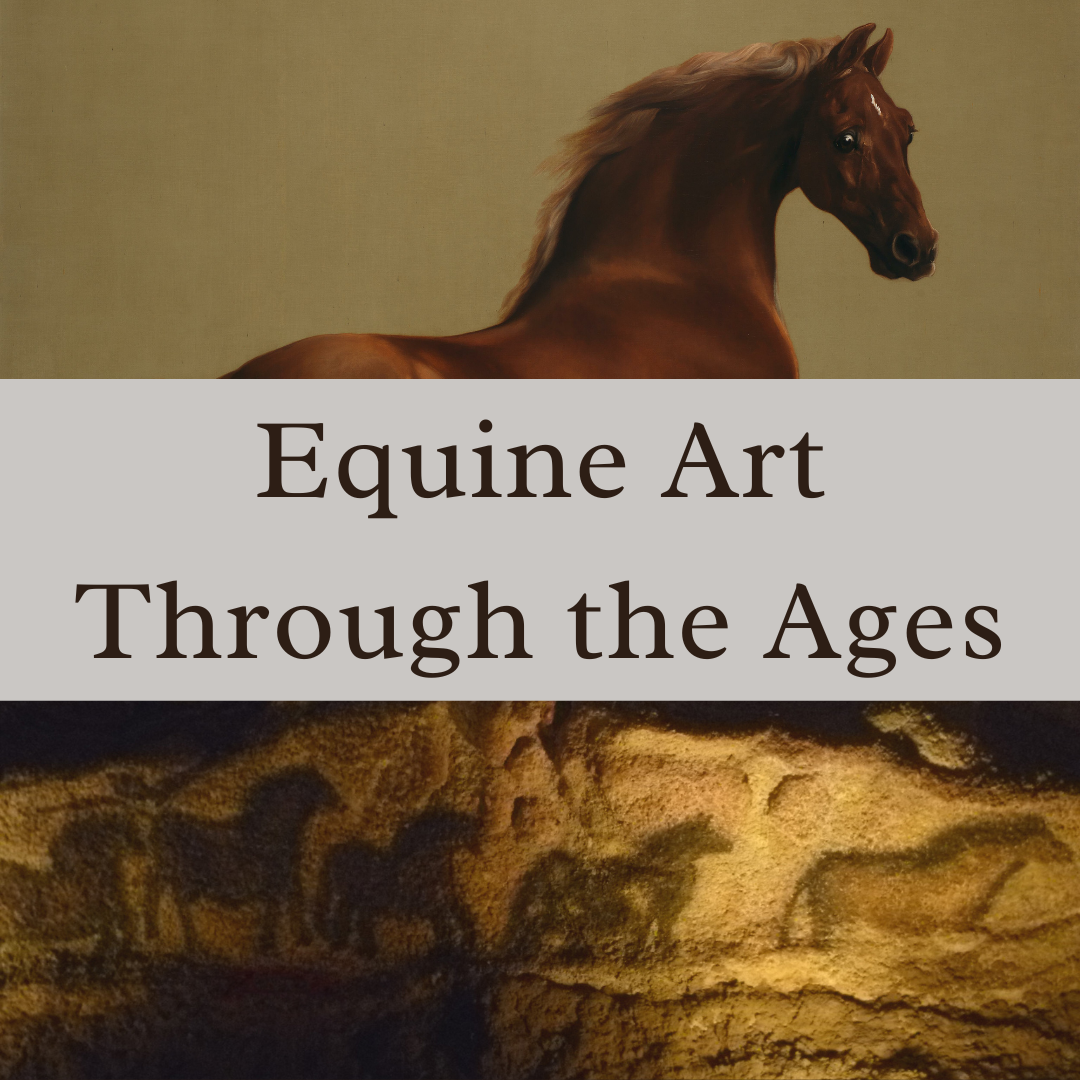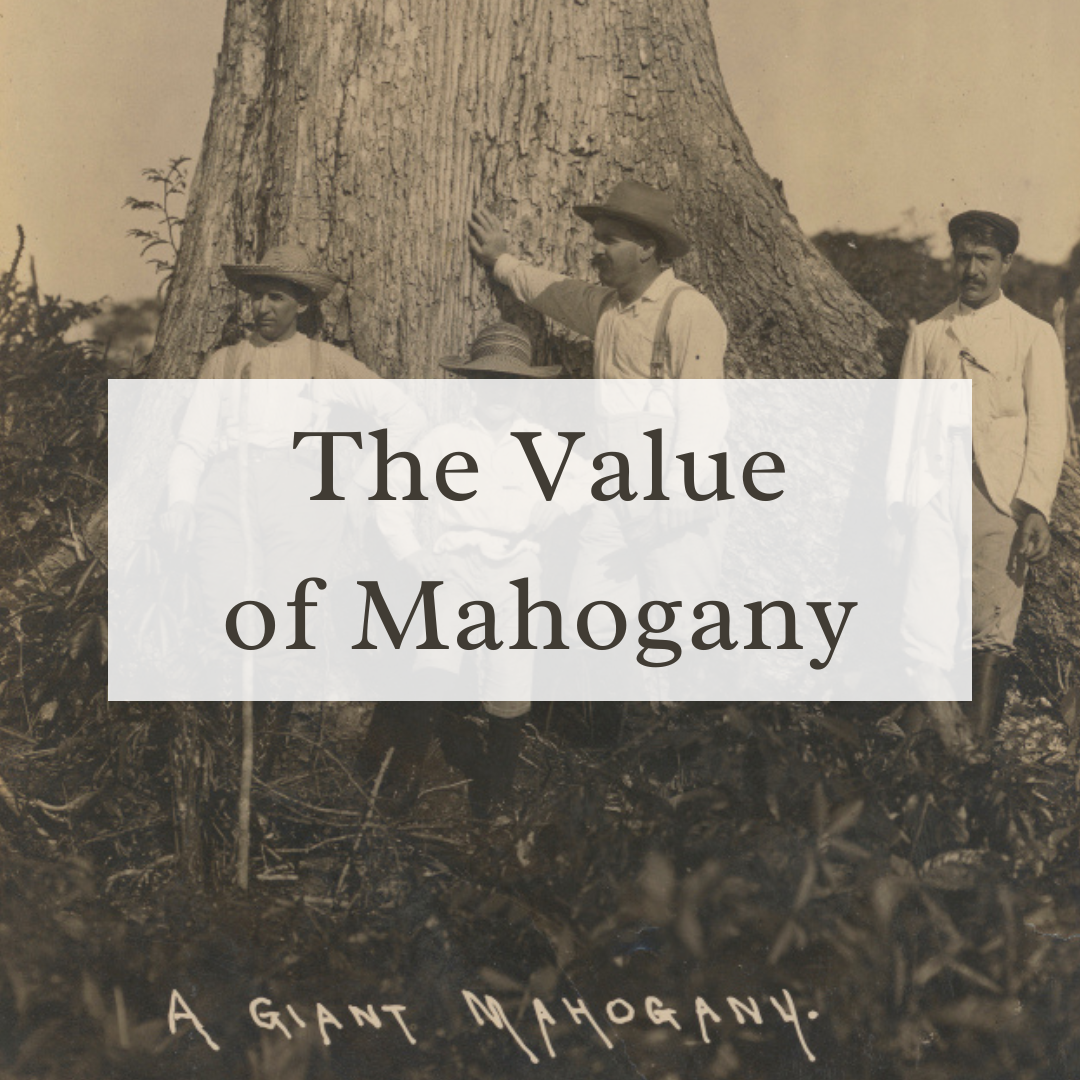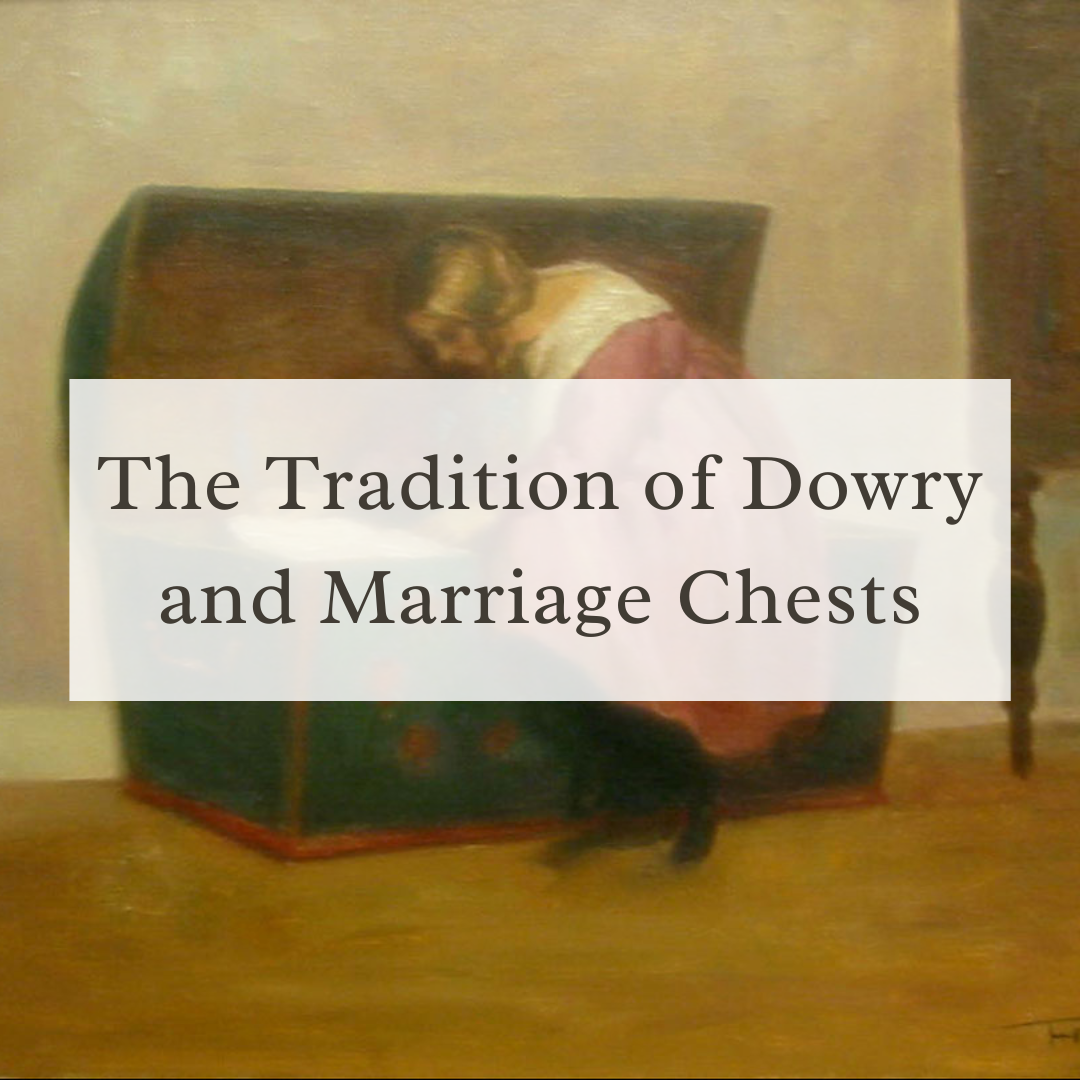
Equine Art Through the Ages
Horses are one of the most commonly depicted, and earliest represented, subjects of art. Our partnership with horses has benefited humankind for the last 10,000 years - from war, to transportation, agriculture, sports and recreation, few other creatures have been so essential to so many facets of civilization. As a result, we have revered horses in our art for just as long.
The first known (and longest surviving) paintings of horses can be found in the Lascaux Caves in southwestern central France, believed to be approximately 16,000 years old. While humans didn't domesticate horses until 6,000 years ago, they lived side by side with them and obviously had tremendous respect for horses. The cave contains over 2,000 painted figures, but none of them were reindeer, which would have been the principal food source for the Neolithic peoples that painted the caves.
Since then, statues and artwork of horses have been found in ancient Greece, Rome, and Egypt. Ancient Chinese believed that horses transported the souls of the dead. In fact, in addition to the well-known Silk Road, China had a Tea Horse Road, in which Chinese tea would be traded for Tibetan horses. It was a three month journey developed during the Tang Dynasty (618-907) that connected China's top producing tea province with Tibet. Horses rose to prominence during this time, with social status measured by the number of horses one owned. The wealthy began to play polo and women on horseback were depicted in art and sculpture.
Finally, we can't forget the importance of horses in English society. Their own prehistoric horse art, the Uffington White Horse, was carved into a hill and filled with chalk 3,000 years ago. It soon became custom to "scour" the Horse, a cleaning ritual that occurred every seven years, along with a ceremony to commemorate it. Such a large figure (approximately the length of a football field) in such an unstable medium would require a large group to maintain it regularly, perhaps the gathering being a goal of the creators, along with a landmark to go with it.
George Stubbs' "Whistlejacket" painting is currently hanging in London's National Gallery, one of the first and most iconic portraits of a horse without a rider or any other figure. The Whistlejacket portrait was a precursor to a whole new genre of equine art that was embraced by the English, and beyond. Equine sporting art emphasized the horse, its virility and its athleticism. One artist from this era, Benjamin Marshall, declared there were "many a man who will pay 50 guineas for painting his horse, [but] thinks 10 guineas too much for painting his wife".
Portraying their beauty, strength, grace, vigor, and spirit, artists have been inspired by horses for millennia. Through the ages, they have been recreated in nearly every medium imaginable and continue to represent the best parts of humankind.
To view this blog with additional photos, decor and furniture we have available click here!
Interested in reading our previous blogs? Click here!




Leave a comment
This site is protected by hCaptcha and the hCaptcha Privacy Policy and Terms of Service apply.